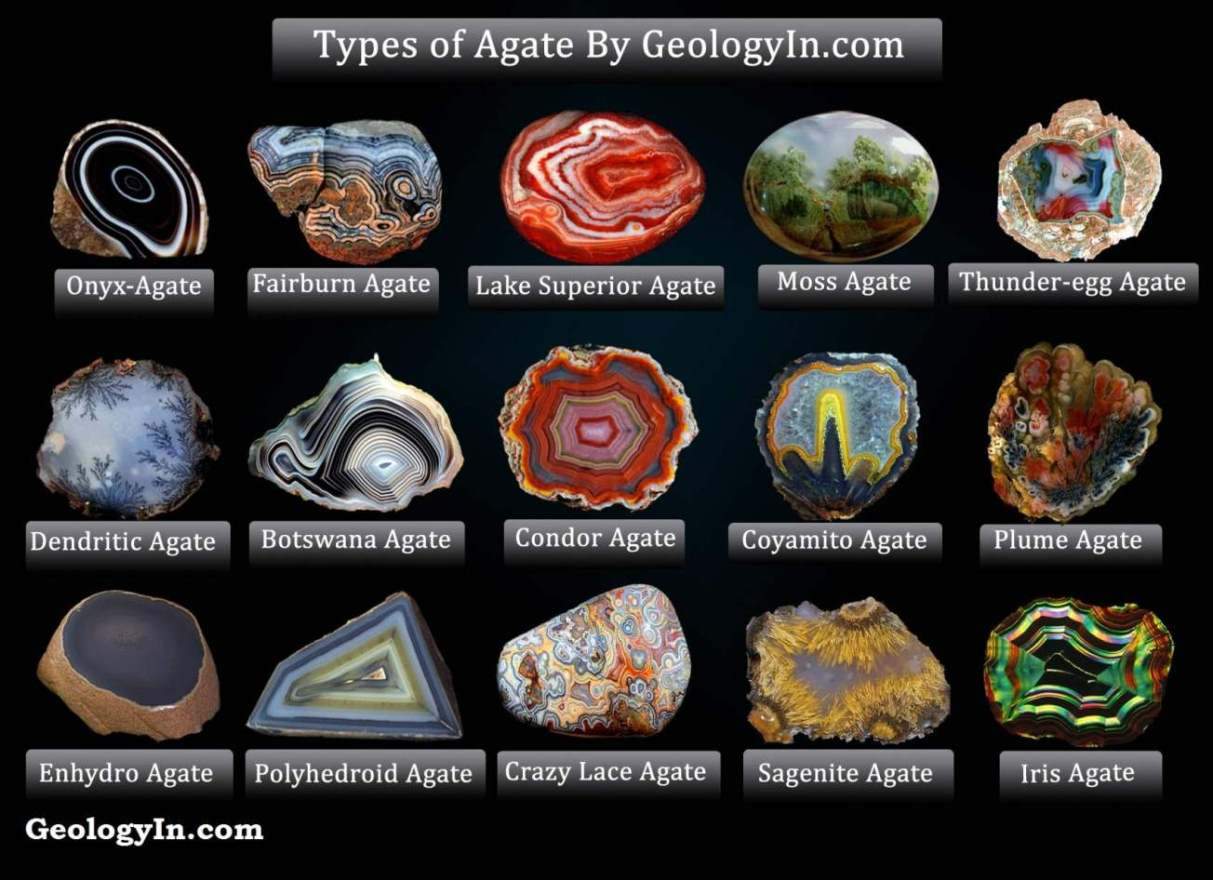Gold Nugget Turns Out To be Four-Billion-Year-Old Meteorite
Mysterious Rock Turns Out to Be a Rare Meteorite!
Back in May 2015, an Australian prospector set off to scour the Maryborough Regional Park in search of his fortune, but instead of striking gold, he came across something that was – unfortunately for him – priceless.
Intrigued by the density and weight of a slightly odd-looking reddish rock, David Hole spent the next four years attempting to crack open this seemingly impenetrable specimen, only to eventually discover that it was in fact a 4.6-billion-year-old meteorite.
Mr Hole stumbled upon the find with the help of a metal detector while digging for gold near Melbourne, in a region that had become synonymous with the precious metal during the 19th-century gold-rush. Hoping to find a nugget inside the rock, he later attempted to access its interior using everything from acid to a sledgehammer, without success.
Baffled as to why the rock was so reluctant to reveal its inner secrets, he decided to take it to the Melbourne Museum, where it was identified as a meteorite.
Scientists used a diamond saw to slice off a sliver of the ancient space rock, discovering that it was in fact an H chondrite. The most common type of meteorite, H chondrites contain a high percentage of iron and make up about 40 percent of all meteorites ever found.
Describing the rock, Melbourne Museum geologist Dermot Henry told the Sydney Morning Herald that “it had this sculpted, dimpled look to it,” which resulted from the outside of the meteorite melting as it plunged through Earth’s atmosphere.
The object’s extreme weight is attributed to some of the metals it contains, including dense forms of iron and nickel. It is also speckled with droplets of metals called chondrules, which formed during the early stages of the Solar System’s development before later becoming embedded in an asteroid.
The meteorite has been named Maryborough after the place where it was found, and carbon dating suggests it crash-landed between 100 and 1,000 years ago.
Describing the specimen in the Proceedings of the Royal Society of Victoria, the team lists a number of recorded meteorite sightings from the annals of history that could possibly correlate to Maryborough. One such sighting was reported by a Harry E. Hallett in a letter to The Argus in June 1923.
Addressing the editors, he describes how the “brilliant meteor… almost dazzled me, and horses out in the paddocks neighed such a neigh of fear that I will never forget it.”
Weighing 17 kilograms (37.5 pounds), the Maryborough meteor is the second largest ever to be found in the state of Victoria.
It's not even the first meteorite to take a few years to make it to a museum. In a particularly amazing story we covered last year, one space rock took 80 years, two owners, and a stint as a doorstop before making it to a museum.
Now is probably as good a time as any to check your backyard for particularly heavy and hard-to-break rocks - you might be sitting on a metaphorical gold mine.
The research has been published in Proceedings of the Royal Society of Victoria.
Intrigued by the density and weight of a slightly odd-looking reddish rock, David Hole spent the next four years attempting to crack open this seemingly impenetrable specimen, only to eventually discover that it was in fact a 4.6-billion-year-old meteorite.
Mr Hole stumbled upon the find with the help of a metal detector while digging for gold near Melbourne, in a region that had become synonymous with the precious metal during the 19th-century gold-rush. Hoping to find a nugget inside the rock, he later attempted to access its interior using everything from acid to a sledgehammer, without success.
Baffled as to why the rock was so reluctant to reveal its inner secrets, he decided to take it to the Melbourne Museum, where it was identified as a meteorite.
 |
| The Marborough meteorite. photo: (Melbourne Museum) |
Scientists used a diamond saw to slice off a sliver of the ancient space rock, discovering that it was in fact an H chondrite. The most common type of meteorite, H chondrites contain a high percentage of iron and make up about 40 percent of all meteorites ever found.
The object’s extreme weight is attributed to some of the metals it contains, including dense forms of iron and nickel. It is also speckled with droplets of metals called chondrules, which formed during the early stages of the Solar System’s development before later becoming embedded in an asteroid.
The meteorite has been named Maryborough after the place where it was found, and carbon dating suggests it crash-landed between 100 and 1,000 years ago.
Describing the specimen in the Proceedings of the Royal Society of Victoria, the team lists a number of recorded meteorite sightings from the annals of history that could possibly correlate to Maryborough. One such sighting was reported by a Harry E. Hallett in a letter to The Argus in June 1923.
Addressing the editors, he describes how the “brilliant meteor… almost dazzled me, and horses out in the paddocks neighed such a neigh of fear that I will never forget it.”
Weighing 17 kilograms (37.5 pounds), the Maryborough meteor is the second largest ever to be found in the state of Victoria.
It's not even the first meteorite to take a few years to make it to a museum. In a particularly amazing story we covered last year, one space rock took 80 years, two owners, and a stint as a doorstop before making it to a museum.
Now is probably as good a time as any to check your backyard for particularly heavy and hard-to-break rocks - you might be sitting on a metaphorical gold mine.
The research has been published in Proceedings of the Royal Society of Victoria.

%20(1).webp)






